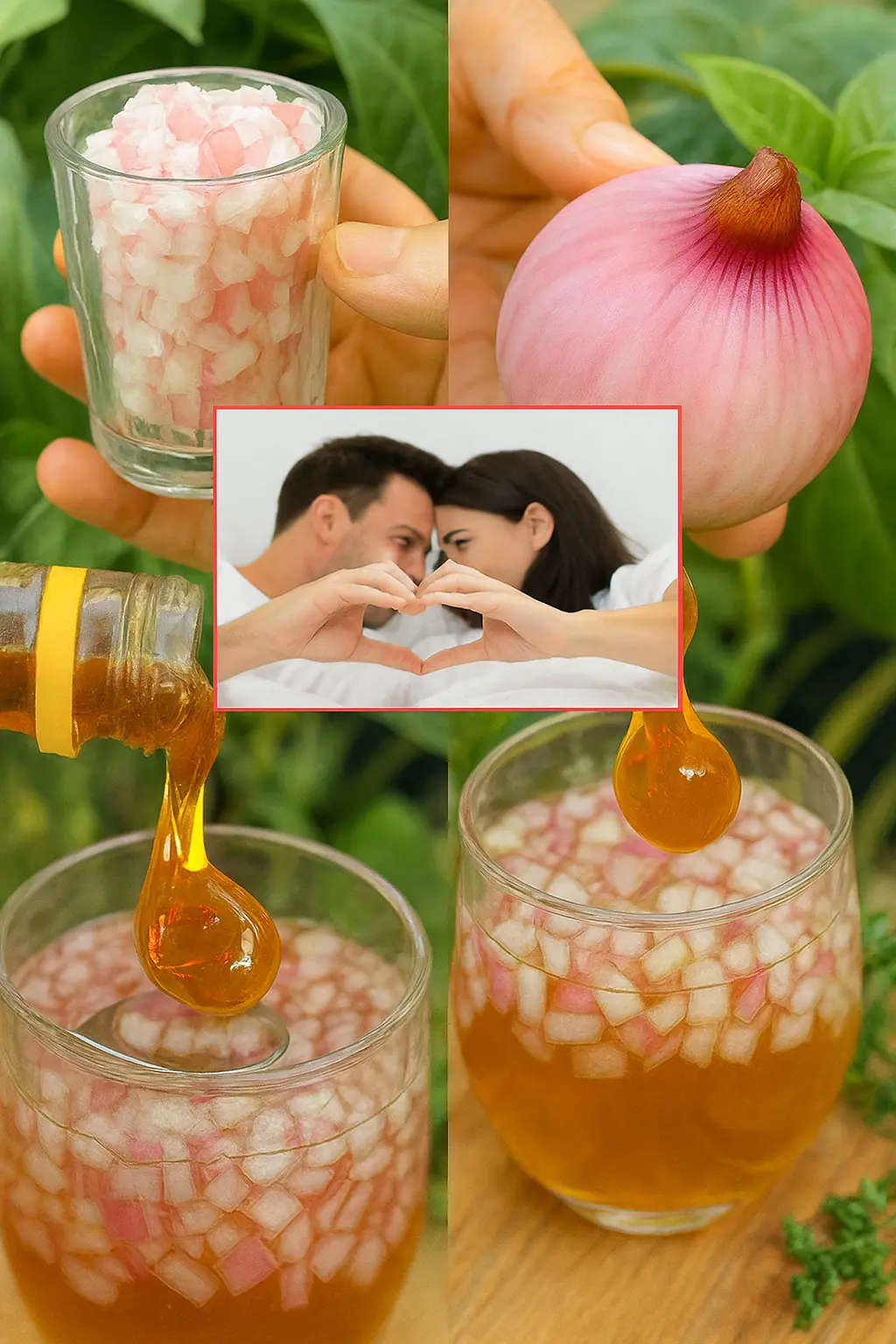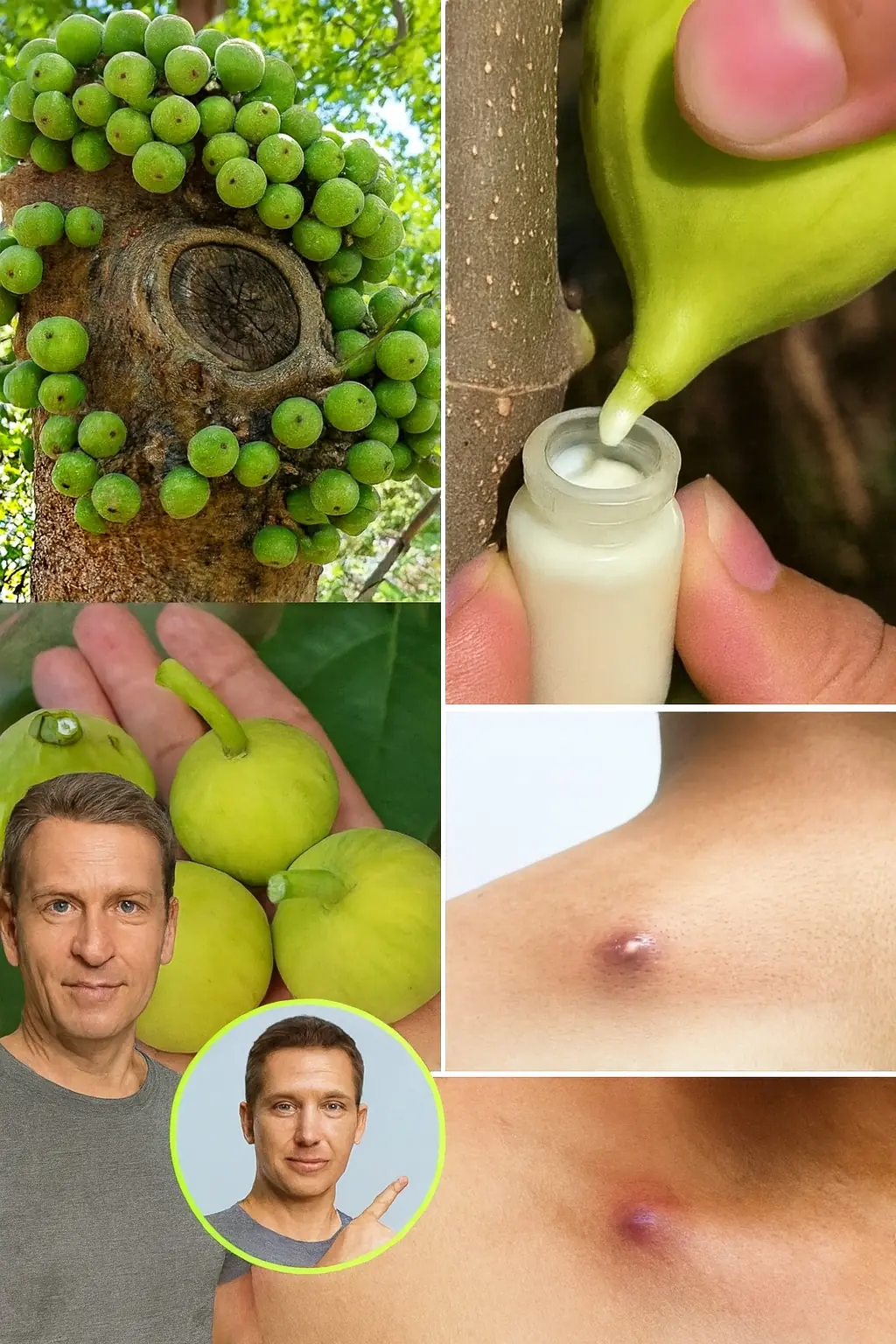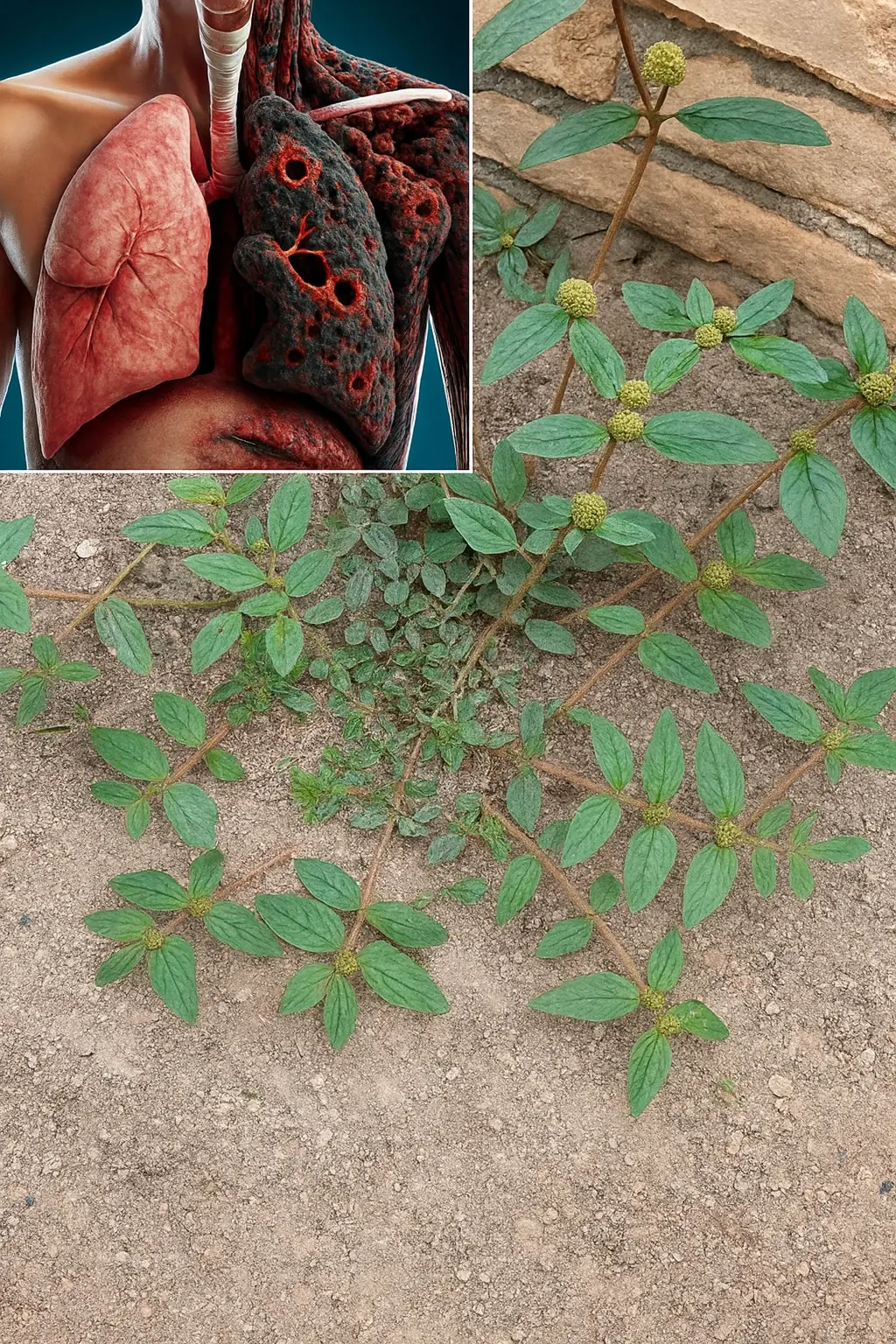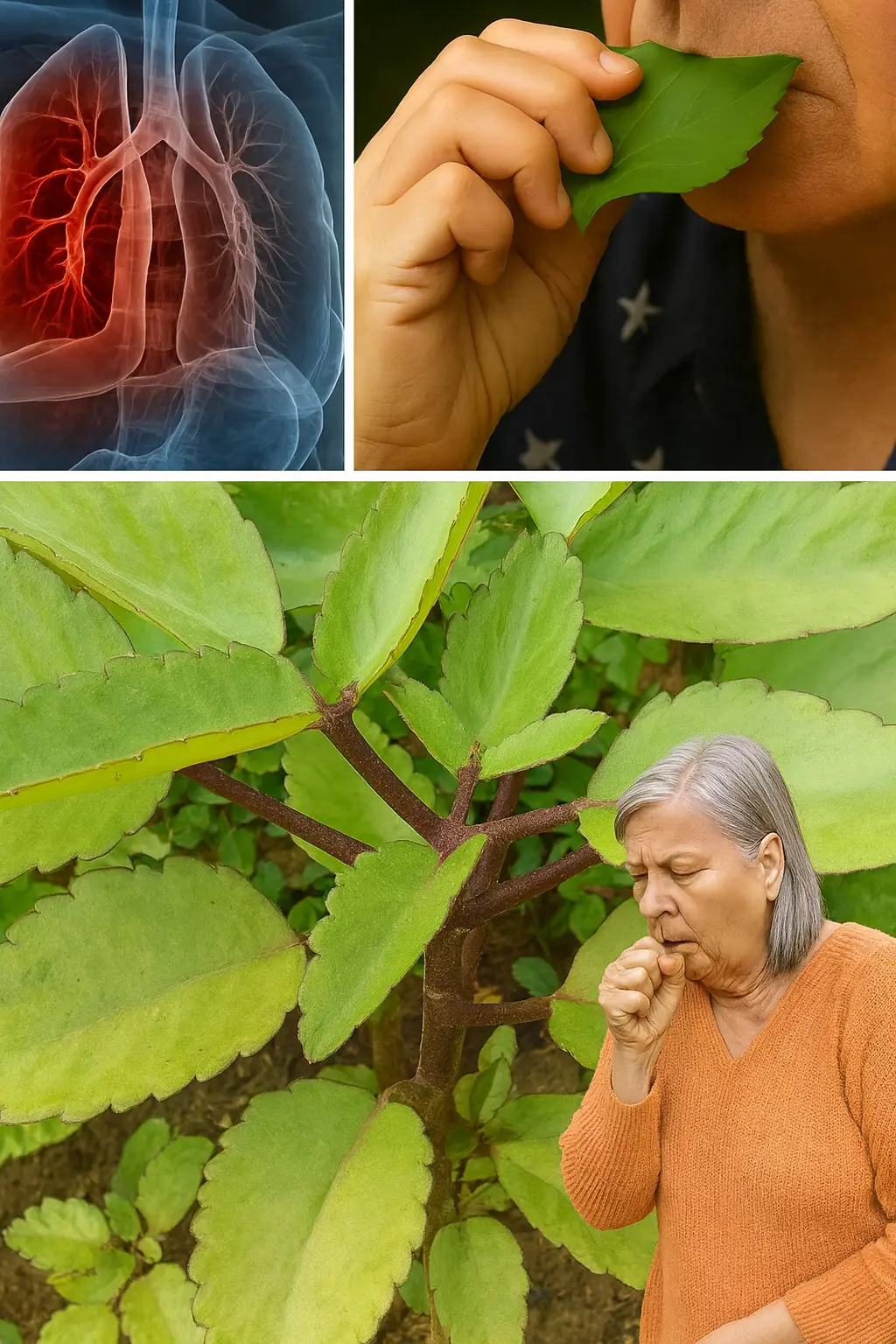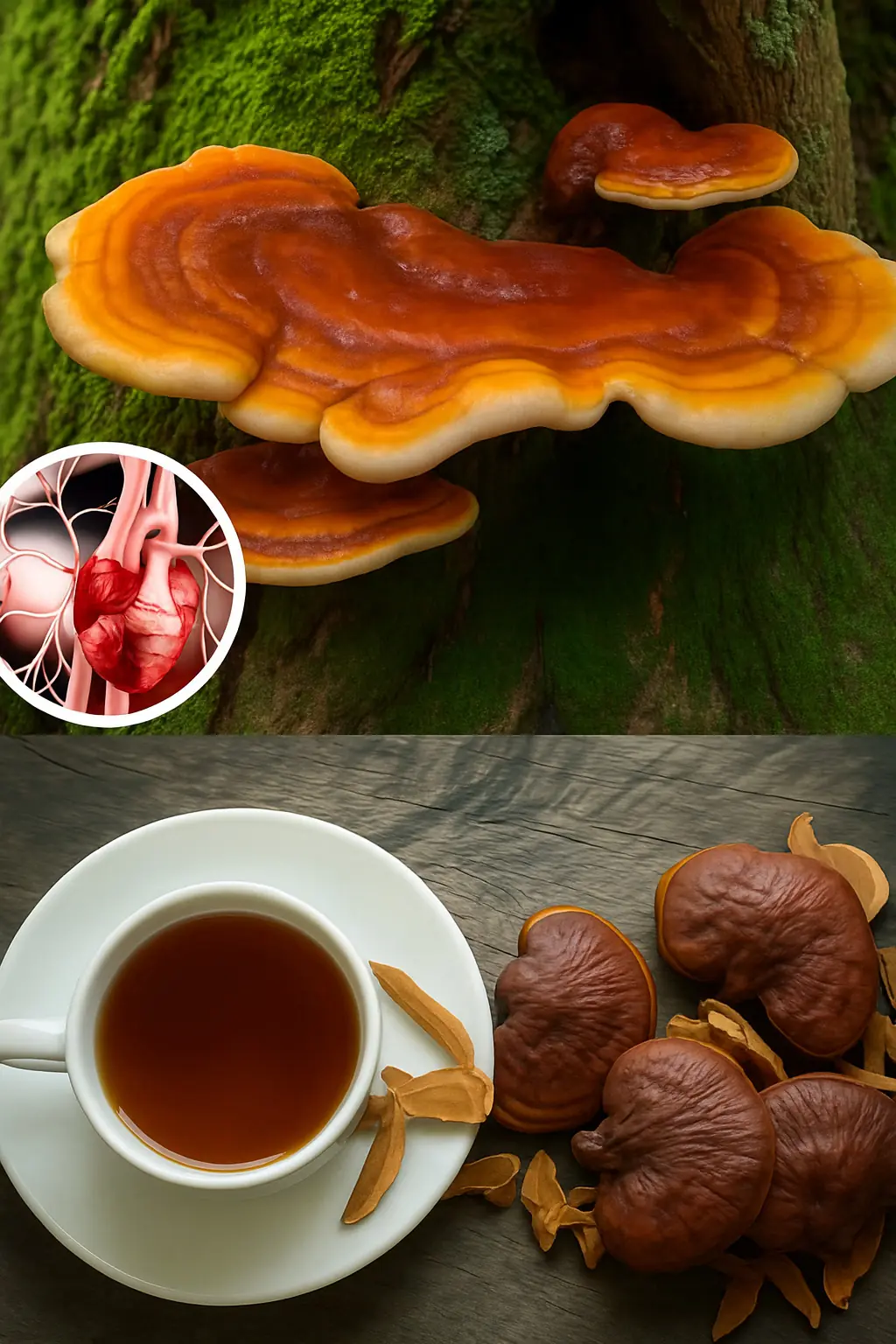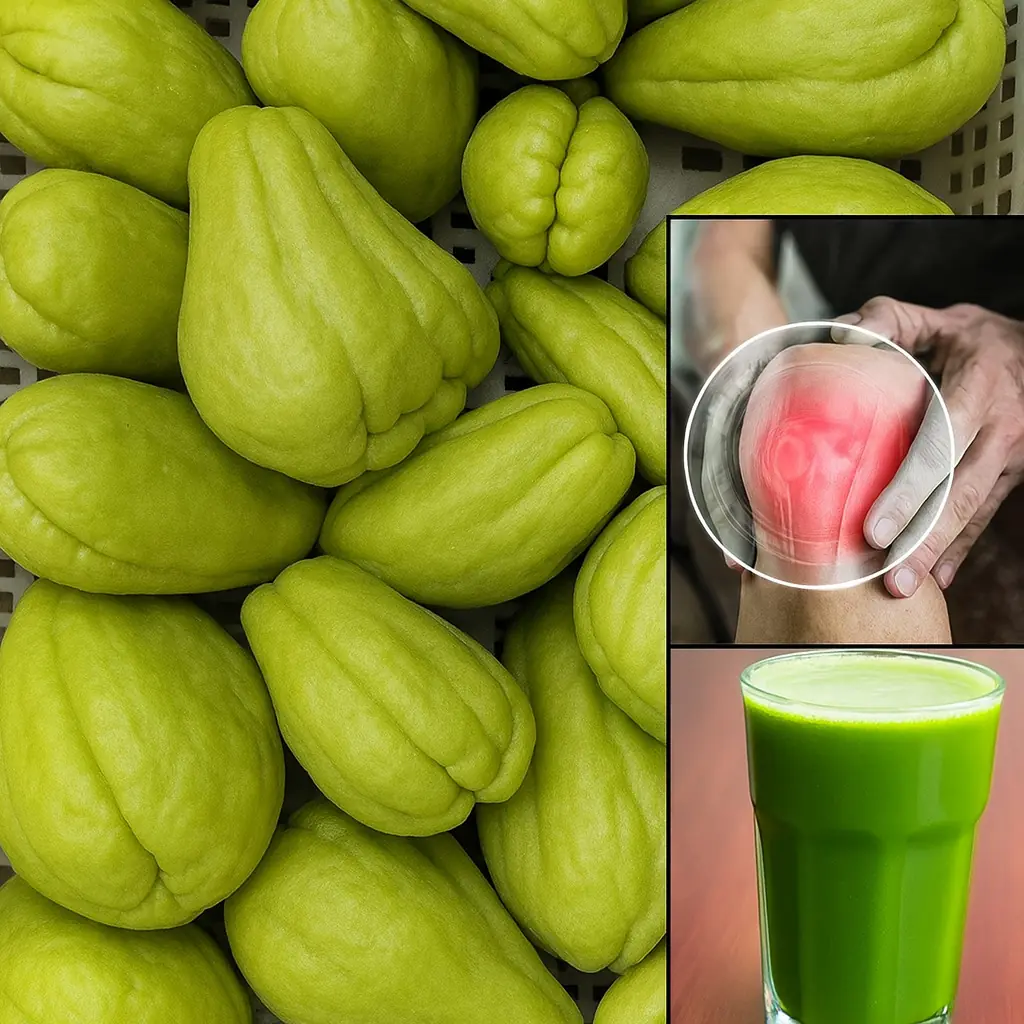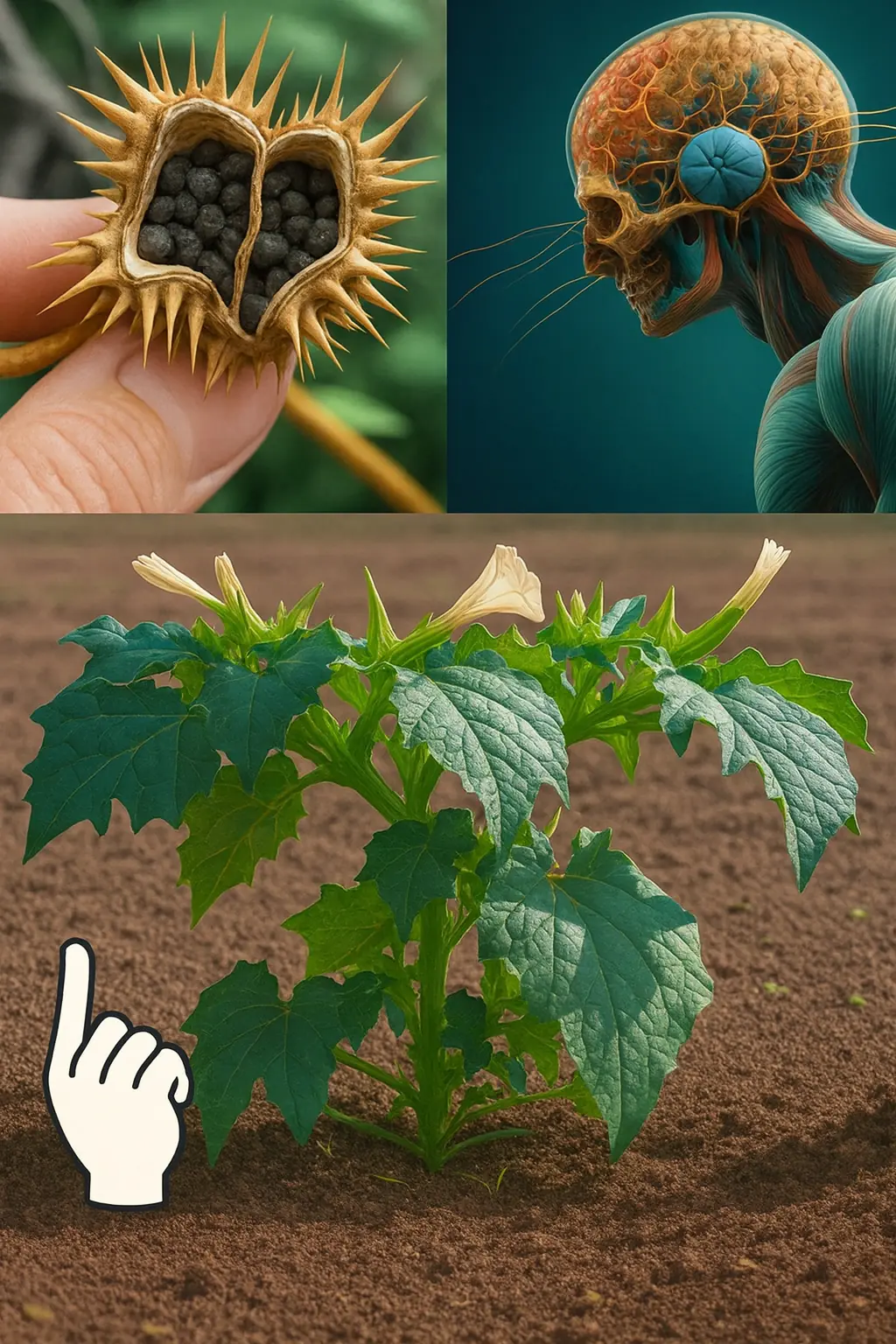
Imagine a plant so breathtakingly beautiful that it stops you in your tracks—large, trumpet-shaped flowers glowing in shades of white, purple, or yellow, swaying gently in the evening breeze. Now imagine that same plant harbors a dark secret: a single leaf, seed, or flower could send you into a spiral of hallucinations, delirium, or even death. This is Datura, a plant as seductive as it is sinister. Known as Devil’s Trumpet, Jimsonweed, or Thorn Apple, Datura’s striking appearance masks a toxic threat that has claimed lives for centuries. If you’ve ever been tempted to touch or taste this alluring plant, this article will reveal why you should steer clear—and how to protect yourself, your loved ones, and your pets from its deadly grasp.
🌿 What Is Datura? A Deceptive Beauty
Datura belongs to the Solanaceae family, also known as the nightshade family, which includes other notorious plants like deadly nightshade and mandrake. Native to the Americas, Datura has spread across the globe, thriving in disturbed soils along roadsides, in gardens, and even in urban wastelands. Its large, funnel-shaped flowers and spiky, apple-like seed pods make it a favorite for some gardeners, but its beauty comes at a steep price. Every part of the plant—leaves, flowers, seeds, stems, and roots—is loaded with tropane alkaloids, potent toxins that can wreak havoc on the body and mind.
Datura’s allure has a long history. For centuries, it has been used in rituals, traditional medicine, and even as a poison in cultures from India to the Americas. But its unpredictable toxicity makes it a dangerous gamble, whether used intentionally or encountered by accident. Let’s explore the common species of Datura and why each one is a risk you can’t afford to take.
🌸 Common Datura Species: Beauty with a Bite
Each species of Datura is as hazardous as it is striking. Here are the most common varieties you might encounter:
Datura stramonium (Jimsonweed or Thorn Apple)
Known for its white or purple trumpet-shaped flowers and spiky seed pods, this species is infamous for its hallucinogenic properties. Often called “mad seeds” in South Africa, even a small dose can lead to severe poisoning, with symptoms ranging from delirium to coma.
Datura metel (Horn of Plenty)
Prized for its ornamental appeal, this species boasts vibrant flowers in white, yellow, or purple. Used in Ayurvedic medicine for ailments like asthma, its toxic alkaloids make it just as dangerous as its relatives, with risks of fatal overdose.
Datura inoxia (Moonflower)
With fragrant, white flowers that bloom at night, this species is often confused with the harmless Moonflower vine (Ipomoea alba). Its seeds and flowers are especially potent, leading to accidental poisonings when mistaken for edible plants.
Datura ferox (Long-spined Thorn Apple)
Characterized by its long, spiny seed pods, this species contains some of the highest concentrations of toxic alkaloids in the genus, making it particularly lethal. Even minimal exposure can trigger life-threatening symptoms.
⚠️ Why Is Datura So Dangerous?
Datura’s danger lies in its tropane alkaloids—atropine, scopolamine, and hyoscyamine—which disrupt the central nervous system by blocking acetylcholine, a critical neurotransmitter. These compounds cause a condition known as anticholinergic syndrome, which can lead to severe physical and mental symptoms. The toxicity is unpredictable, varying by plant, season, and even individual leaves, making it impossible to gauge a “safe” dose.
Here’s why Datura is a plant to avoid at all costs:
💀 Lethal in Small Quantities
Even a single leaf or a few seeds can trigger severe poisoning. For example, Datura stramonium seeds contain approximately 0.1 mg of atropine per seed, meaning just 50–100 seeds (3–6 mg of atropine) can be fatal. Children and pets are especially vulnerable due to their lower body weight.
😵 Unpredictable Effects
The concentration of toxins varies widely depending on the plant’s age, growing conditions, and location. A plant in one region might have 20–40 times lower alkaloid levels than one in its native range, but even “weaker” plants can cause serious harm. This unpredictability makes Datura a risky choice for anyone seeking its hallucinogenic effects.
🐶 Toxic to Pets and Livestock
Datura is deadly to animals, including dogs, cats, horses, and cattle. Pets may be drawn to its flowers or seed pods, while livestock may accidentally graze on it in pastures. Unlike some insects that can tolerate Datura, most animals suffer severe consequences, including death.
🚨 Symptoms of Datura Poisoning
Datura poisoning, often called anticholinergic toxidrome, can manifest within 30 minutes to an hour of exposure and last for days or even weeks. The symptoms are vividly described by the mnemonic: “Blind as a bat, mad as a hatter, red as a beet, hot as a hare, dry as a bone, the bowel and bladder lose their tone, and the heart runs alone.” Here’s what to watch for:
Hallucinations and Delirium: Vivid, often terrifying hallucinations and confusion, leading to disorientation and bizarre behavior.
Dilated Pupils and Blurred Vision: Mydriasis (dilated pupils) causes light sensitivity and impaired vision, sometimes lasting days.
Dry Mouth and Difficulty Swallowing: Severe dryness of the mouth and throat, making swallowing painful or impossible.
Rapid Heart Rate and High Blood Pressure: Tachycardia and hypertension can escalate into cardiovascular complications.
Fever and Flushed Skin: Hyperthermia and red, hot skin due to inhibited sweating.
Seizures and Coma: In severe cases, convulsions, respiratory failure, or coma can occur, potentially leading to death.
Urinary Retention: Inability to urinate, requiring medical intervention.
These symptoms can be particularly dangerous in children, as seen in a case of a 3-year-old Ethiopian toddler who suffered seizures and altered mental status after ingesting Datura stramonium seeds.
🛑 How to Stay Safe Around Datura
Datura’s beauty may tempt you to touch, smell, or even taste it, but the risks are far too great. Here are practical steps to protect yourself and others:
🧤 Avoid Handling Datura
Datura’s toxins can be absorbed through the skin or mucous membranes, especially if the plant’s sap contacts cuts or sensitive areas. In cases of “gardener’s eye” or “cornpicker’s eye,” sap entering the eyes has caused severe pupil dilation and vision problems. Always wear gloves and protective clothing if you must handle the plant.
🚸 Keep Away from Children and Pets
Datura’s vibrant flowers and spiky pods are enticing to curious children and animals. Ensure these plants are not accessible in your garden or yard. Educate children about the dangers of eating unknown plants, as accidental ingestion is a common cause of poisoning.
🌍 Remove Datura Safely
If Datura is growing on your property, remove it carefully. The Royal Horticultural Society recommends digging it up while wearing gloves and disposing of it securely to prevent accidental exposure. Avoid burning the plant, as inhaling the smoke can also cause toxicity.
📢 Spread Awareness
Many cases of Datura poisoning stem from misidentification, such as mistaking its seeds for edible spices like poppy seeds. Share knowledge about its dangers with your community to prevent accidental ingestion, especially in areas where Datura grows wild.
🚑 Seek Immediate Help for Poisoning
If you suspect Datura poisoning, seek emergency medical attention immediately. Symptoms require urgent care, including supportive measures like activated charcoal, benzodiazepines for seizures, and, in severe cases, physostigmine, an antidote for anticholinergic toxicity. Do not attempt to treat it at home.
🌟 Datura’s Historical and Cultural Context
Datura’s danger hasn’t stopped it from playing a role in human history. Known as a “witches’ weed” alongside deadly nightshade and mandrake, it was used in magical potions and ointments for its hallucinogenic effects. In India, Datura metel is sacred to Shiva and used in rituals, while Native American groups employed it as an entheogen for spiritual visions. However, these uses required extensive knowledge to avoid harm, and modern recreational use often leads to hospitalization or worse.
In one tragic case, a family of six was hospitalized after consuming Datura in a stew, mistaking it for a harmless ingredient. Another incident in Uganda saw over 200 people poisoned when Datura contaminated humanitarian relief food. These cases highlight the plant’s insidious ability to blend into everyday settings.
💡 Final Thoughts: Admire from Afar
Datura’s ethereal beauty is undeniable, but its risks are far too great to ignore. From its potent alkaloids to its unpredictable effects, this plant is a wolf in sheep’s clothing, capable of causing severe illness or death with just a small dose. Whether you’re a gardener, a forager, or simply someone who loves nature, Datura demands respect—and distance. Protect yourself, your family, and your pets by learning to recognize this plant and keeping it out of reach. If you encounter Datura in the wild or in a garden, let its beauty be a warning: some things are best admired from afar.



